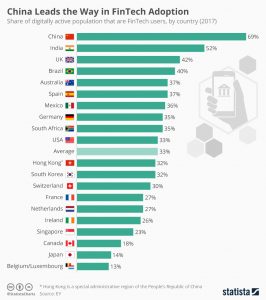9
APR 2020The 7 Key Tasks for Boards In our Coronavirus Times
Posted by Prabhu Guptara | Uncategorised
One of the constant challenges for Boards is to ensure that the urgent things get done – while also preserving space for the important things.
Traditionally, this has been achieved by delegating what’s urgent to executives, while keeping the important (strategic) decisions for the Board – and the important strategic decisions involve taking not only the recommendations of executives but also independent advice.
However, in view of current challenges, it is just probably necessary for the Board to have a more differentiated list of the key tasks that need to be done.
Boards need to keep an eye on ensuring that company executives are doing the following (going from the urgent to the important – i.e. going from what is much more actively the responsibility of executives, to what is much more actively the responsibility of the Board):
- Keeping up with government schemes to support businesses – e.g. furlough arrangements for employees. Some executives are, for whatever reasons, disinclined to look to government help, not least because government regulations are normally cumbersome and long-winded. In the current circumstances, however, it may be essential to tackle those.
- Cutting costs of course – indeed, slashing costs wherever possible! – but at the same time focusing on keeping employee morale high. Depending on the culture of the company and the country/ region concerned, this may mean (apart from bigger structural business decisions) deciding on the mix of layoffs, furloughs, and proportional or disproportional pay-cuts across the whole workforce, including executives.
- Demonstrating concern about the physical, mental, spiritual and emotional health of your employees (including the manner in which news of cost-cutting is conveyed first to those directly affected, and then to everyone else in the company). That means not only any direct practical steps that executives take in relation to individuals and teams, but also (importantly!) being accessible, being open, and being vulnerable about the true situation of the company and its future. Of course, communication is key to that. Not least about the following points.
- Reconsidering the fundamentals of the company’s business:
- all declines or increases in demand;
- the sudden scarcity of capital, internationally;
- the unexpectedly increased cost of capital, at the same time as bank rates have (paradoxically) declined even further;
- changes required in the product-portfolio/service-portfolio/ infrastructure-portfolio mix,
- changing competitive situation, and therefore:
- if, and to the extent necessary or useful, bringing to the Board possible changes in mission/ goals/ structure/ operations and business strategy.
- Finding simple ways to delight, encourage and support your clients and your suppliers – who will all be feeling the stress of the current situation. If you look after your current clients and suppliers as well as you can at this time, they will be your best ambassadors for the future.
- Keeping in touch with how they’re feeling and what they’re thinking will also help you to plan and scenario your business more intelligently: how many of your current clients and suppliers will change their business behaviour in the period immediately after Lockdown ends, and how many over what succeeding time-frame?
- Systematically keeping a wide view of developments in the entire business landscape (and not only in your immediate business areas!), will enable you to: (a) pivot your business model in advantageous ways, (b) spot opportunities for acquiring properties and businesses, and (c) consider entering into partnerships that may not have been even conceivable only a few weeks ago.







